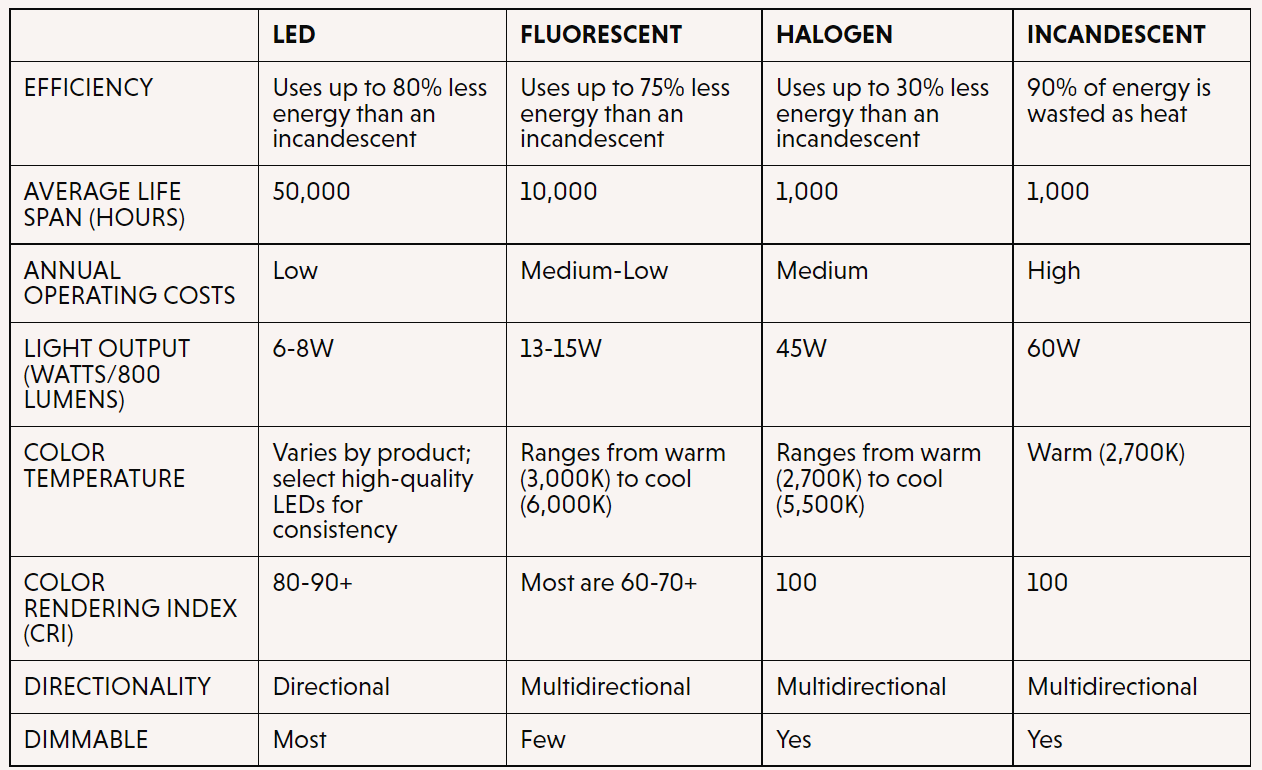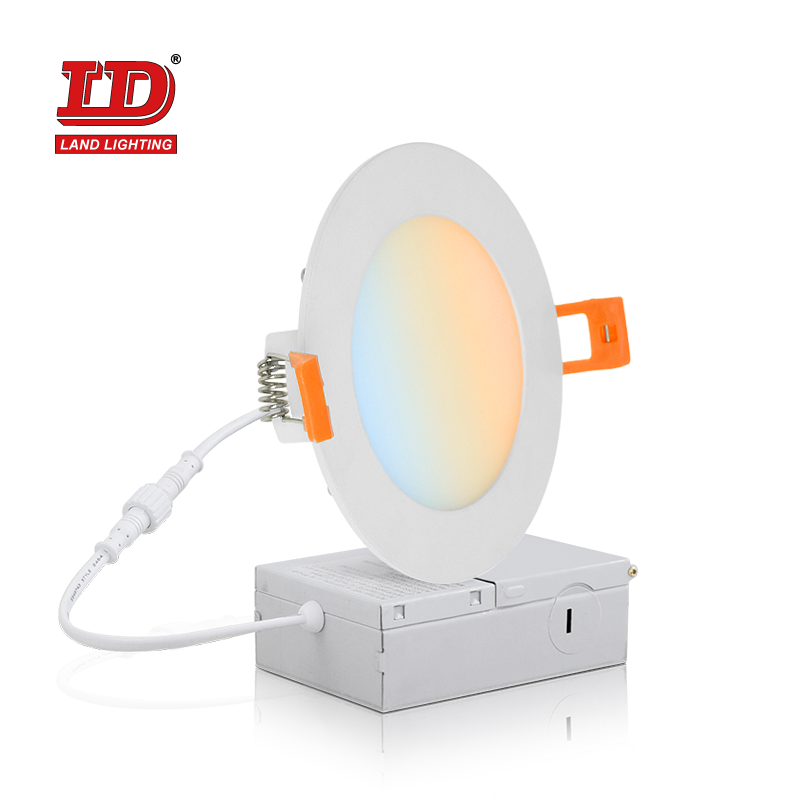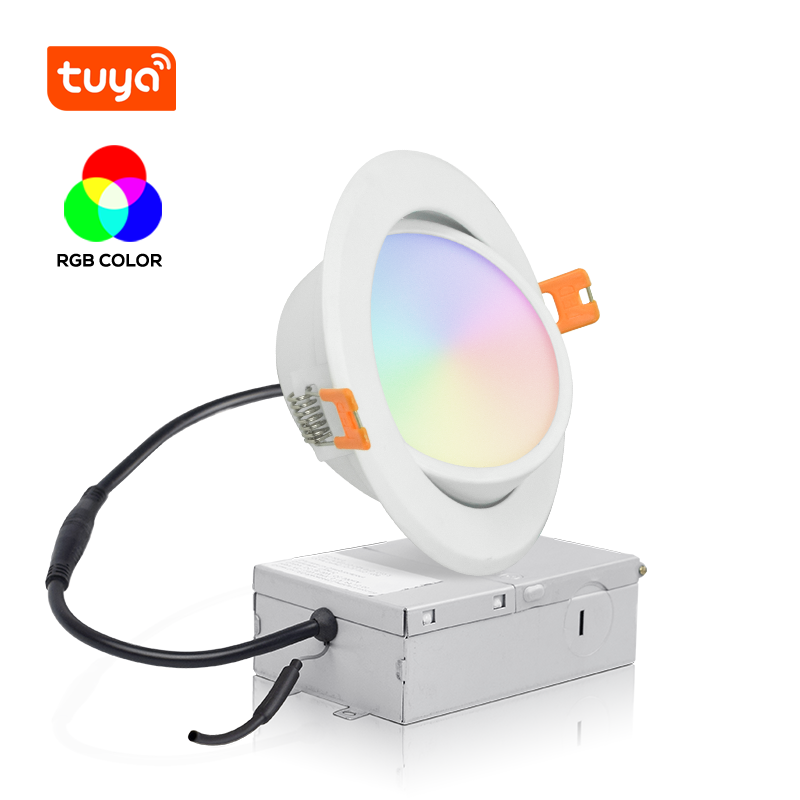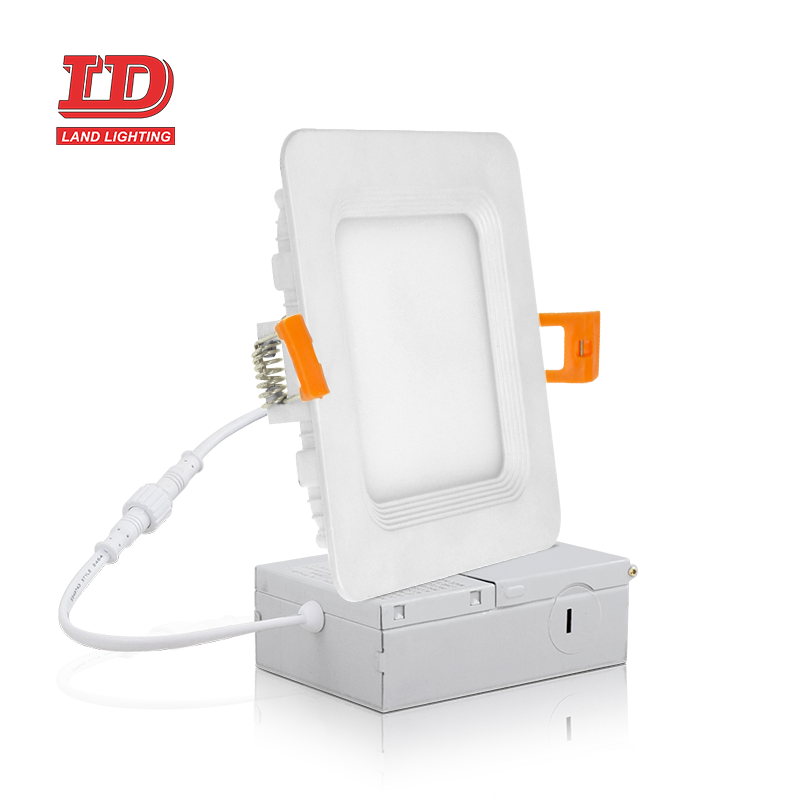LED lighting solutions are emerging. Although some LED products may look like other bulbs or fluorescent tubes, the diversity of products, the introduction of new terminology in the lighting industry, and the fact that LED is different from the technology we have used for decades all make turning to LED lighting quite challenging.
This article explains the term "must know" that the owner or contractor should pay attention to when purchasing LED products.
1. Efficiency of LED lighting
This is not just a fashionable word, efficiency is the name of led game. Leds are more than five times brighter than incandescent lamps. They only need 20% of the electricity to produce the same amount of light.
If you want more details about led and cost saving measures, please check out the Energy Star.

2. Rated life
For conventional light sources, the rated life is the expected operating time of the product before it burns out. This is set by listing the number of hours required for 50% consumption in a sample of the same product.
LED lights, however, do not usually burn out. They will slowly dim over time. Therefore, the rated life of an LED is when the lamp is expected to be 30% less bright than when it was brand new.
Another key advantage of LEDs over conventional lighting is the long duration. LED bulbs can replace a 4,000-hour halogen lamp and last for 50,000 hours. Remember, this means it should be 70% brighter at 50,000 hours.
3. Wattage
The wattage of LED lights is usually their best-selling feature. While LED lighting has other benefits over traditional lighting, its reduced wattage consumption remains its biggest advantage.
Now that you know the basic knowledge of LED light, it’s time to actually do it. Shop Land Lighting’s LED light for the best in modern lighting.



